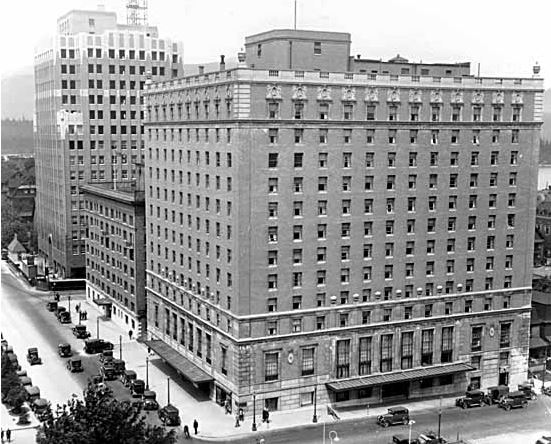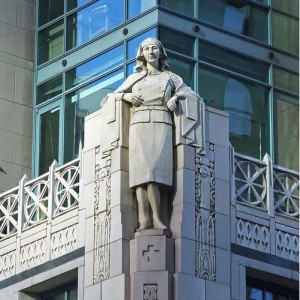It’s been over seven decades, but I’m confident that the mystery of who blew up one of the courthouse lions in 1942 has now been solved. No one will be charged for this crime, but it’s thanks to a reader—we’ll call him Dave. It was his grandfather who made a bang loud enough that Vancouverites thought the Japanese were invading the city.

- Beneath Dark Waters: The Legacy of the Empress of Ireland Shipwreck by Eve Lazarus, coming April 2025. Preorder through Arsenal Pulp Press, online retailers or your your favourite indie bookstore
Blast rocks city:
According to the Vancouver Sun, the explosions could be heard as far away as Point Grey. The blasts rocked the city centre, smashing more than 70 windows at the Hotel Vancouver, the Devonshire, the Georgia Hotel and the courthouse.
The first explosion came at 9:37 pm and blew off the hind quarters of the lion on the right of the door. A second explosion quickly followed, and filled the air with flying chunks of granite.
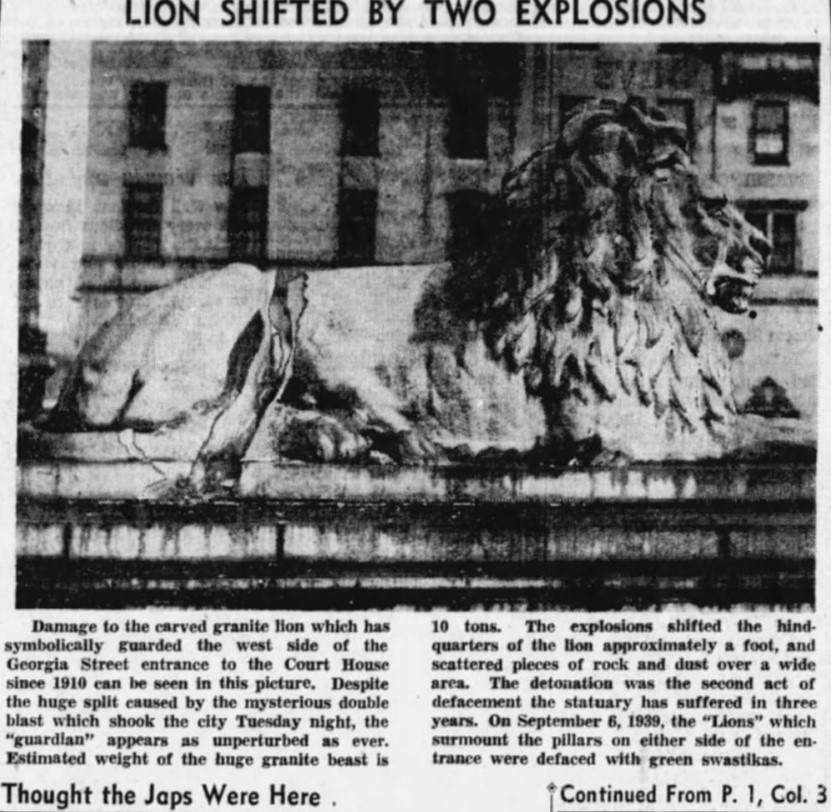
Inspector JFCB Vance:
Inspector JFCB Vance of the Vancouver Police Department (and my podcast and book Blood, Sweat, and Fear) was called in to examine the fuse and wire. Vance found that dynamite ‘time bombs’ were placed one on each side of the lion. The wire was likely used to bind the sticks of dynamite together.
There were no reports of stolen dynamite, and police told the public that they believed the dynamiter was a crank. His crime called “an isolated incident of vandalism.”
Dave is sure that the “crank” was his Grandfather, Carl Schmidt. Carl was born in Germany in 1869, received a degree in engineering from the University of Heidelberg, married and had a son. When his wife died, Carl immigrated to Canada. He met Dave’s grandmother Ruth McKibbon in Vancouver and they married in 1909.
Family Secret:
Witnesses saw a short man running down the stairs just after the explosion. Carl, who stood about 5 foot 5, died four years later at age 77. It was before Dave was born, but the details have been passed down through the family. It’s become one of those known but rarely talked about family secrets. “I’m the only one left who has all the details of the story,” he says.
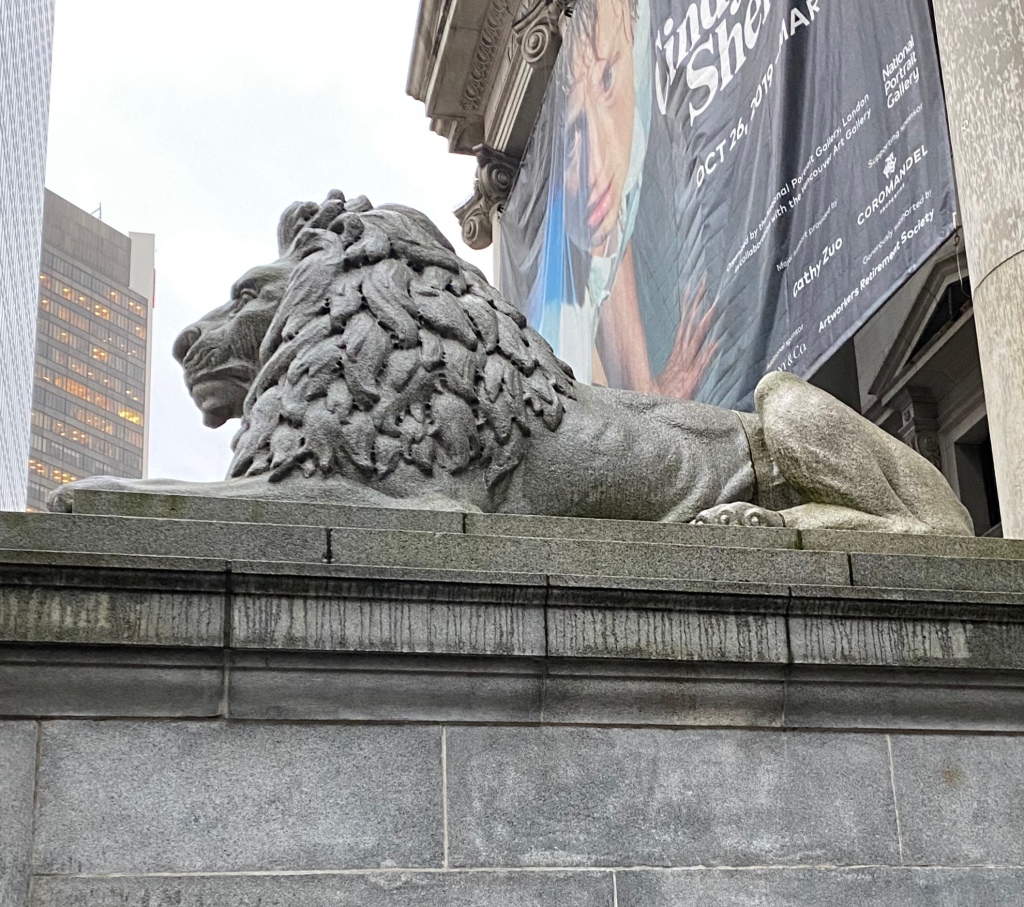
The details are sketchy, but Dave says his grandfather was implicated in a plot to blow up a bridge in Seattle at the start of World War 1. He and his wife and two small daughters relocated to Calgary—away from the coast and presumably other German sympathizers.
Things did not go well for Carl. He struggled to find work, and his son who fought for Germany, was killed in WW1.
Anti-German sentiment:
The family moved back to Vancouver in the early 1920s, and soon after their marriage collapsed. By 1939, Carl had moved into a room on East Cordova Street. Anti-German sentiment would have been high in 1942, and the lion—a symbol of British justice and imperialism was an obvious target.
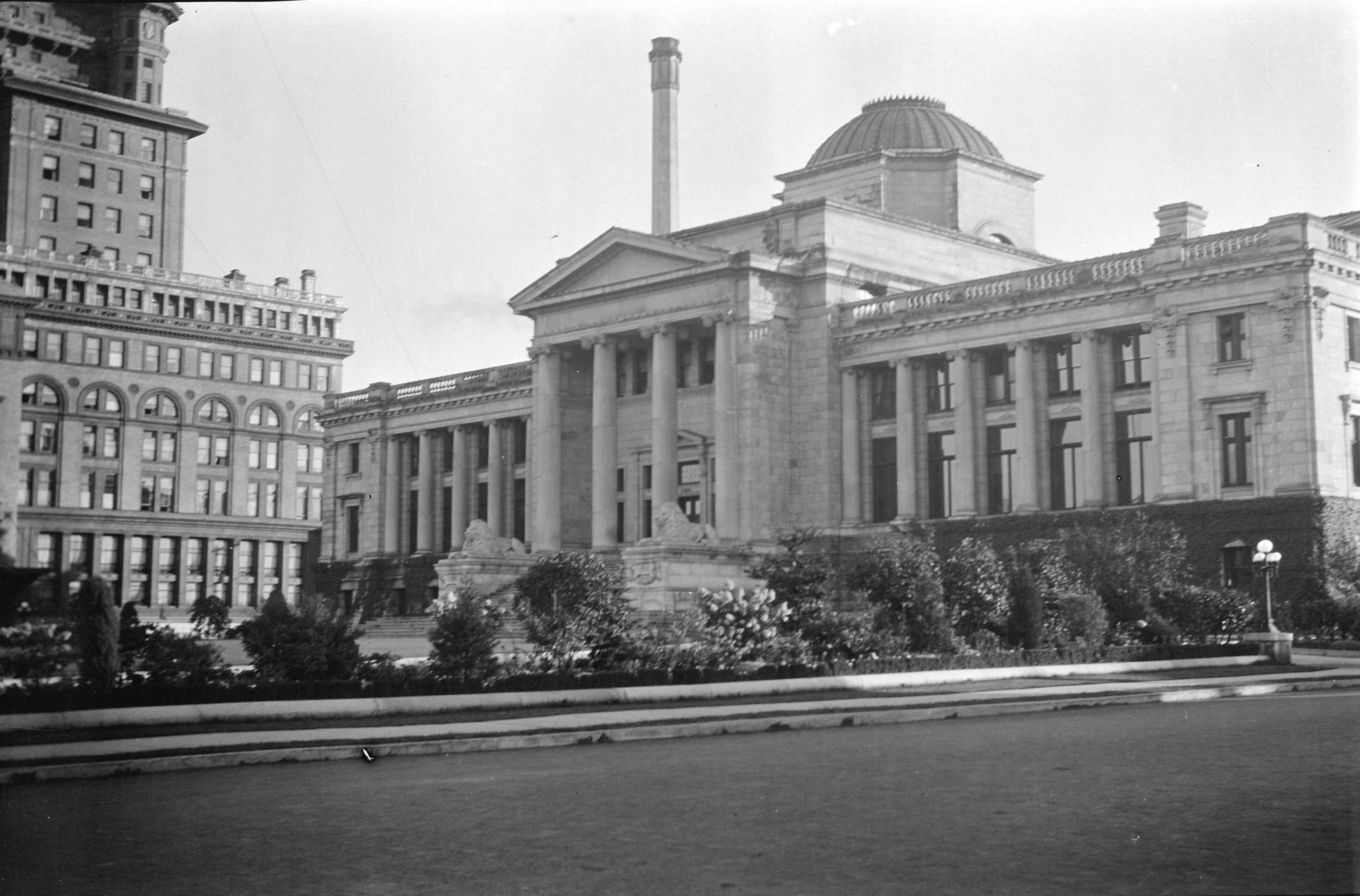
“When you look at his life there was a lot of promise there and it all just fizzled out. He may have thought by 1942 this is my last point where I can make a statement or whatever he was trying to do and figured out how to do it,” says Dave. “Even though I’m his grandson and there’s nothing to be proud about, you can see why he would have a lot of resentment.”
Fortunately no one was hurt in the incident. John Atkin’s writes that the cost to repair the damages from the blast was $5,000 (a whopping $80,000 in today’s dollars). You can still see the split in the lion.
Carl is buried in the Mountain View Cemetery.
© All rights reserved. Unless otherwise indicated, all blog content copyright Eve Lazarus.



